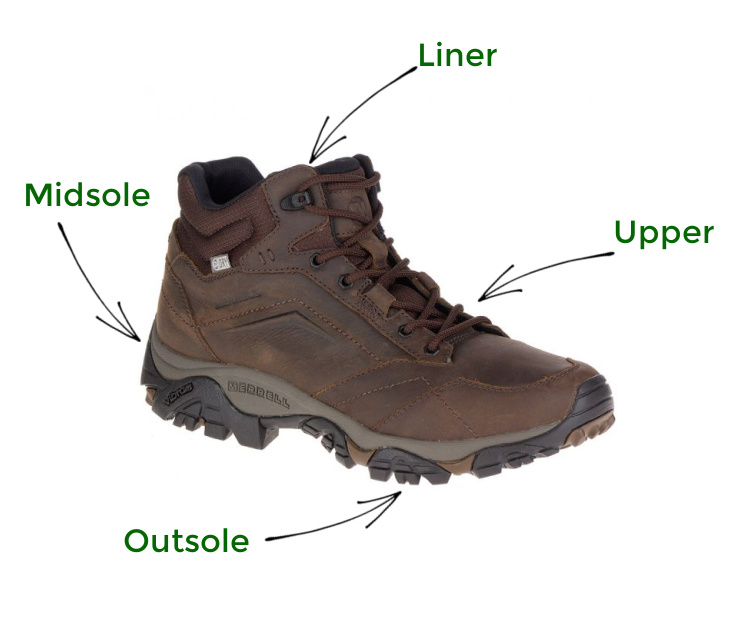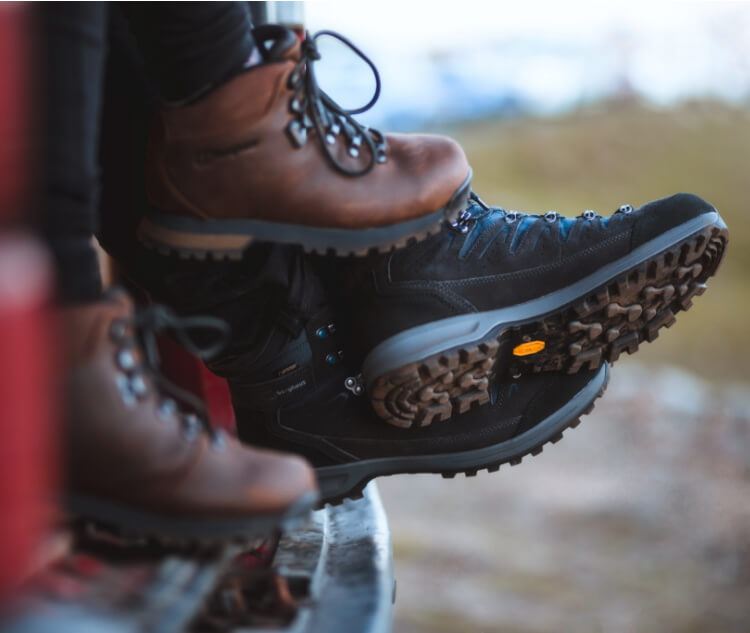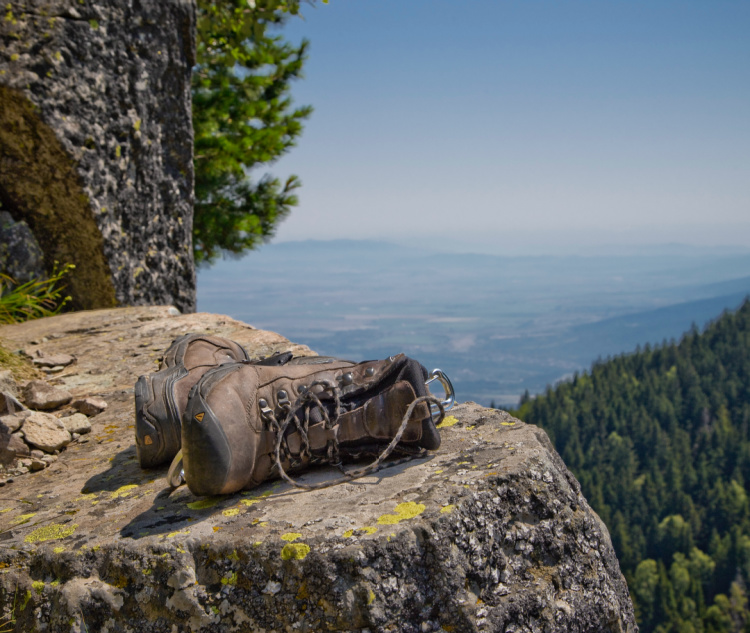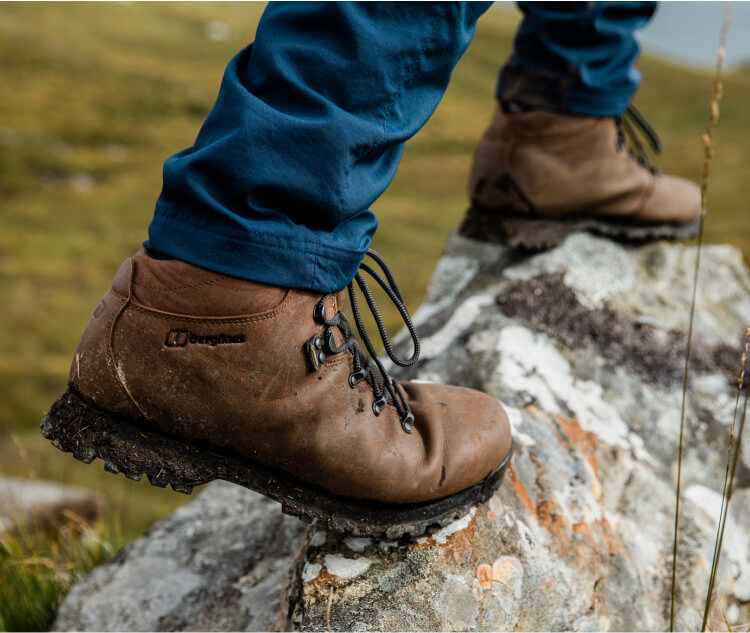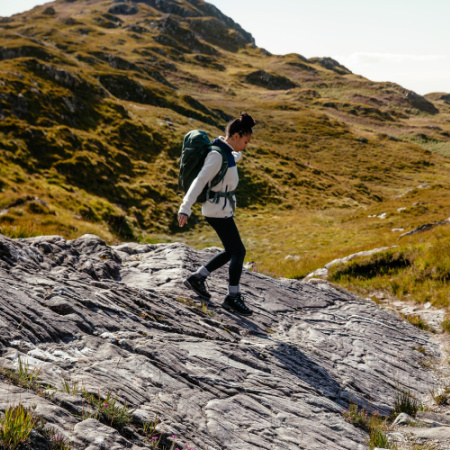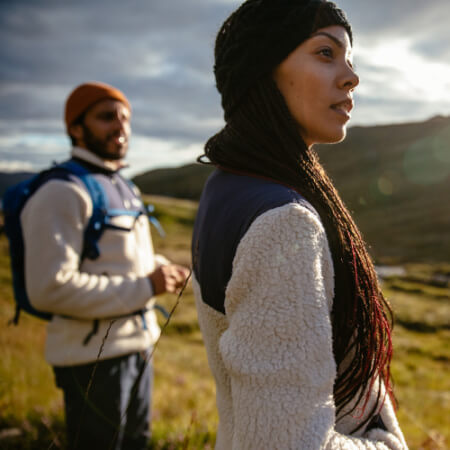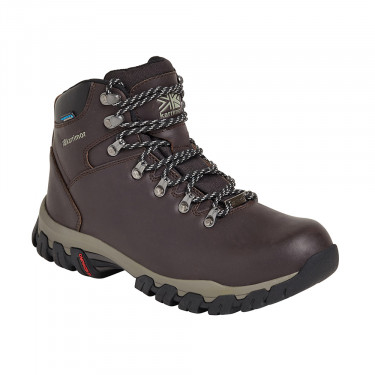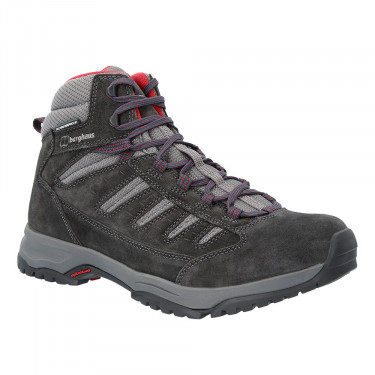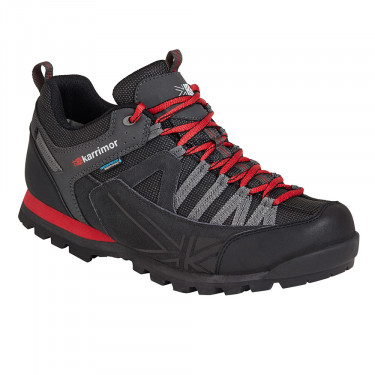Probably the best way to choose the general type of walking boot you need is to do so based on the type of activity you’ll be doing.
Light walking
For those who enjoy general, light walking, whether that’s walking the dog or just going for wondering the countryside, then more flexible boots will suffice. You may even find that walking shoes are suitable if you’re not planning on doing anything too strenuous or you feel that full ankle support is a little overkill.
Hillwalking & mountaineering
If you’re serious about walking and/or hiking, and you’re going to be going up hills and mountains (or over more uneven terrain) then you’re going to need a more substantial boot. You’ll definitely need a more rigid midsole to prevent the boots from bending too much, and a tougher upper to help support your feet and ankles.
For climbers who want something a little more sturdy than their regular climbing footwear when walking to and manoeuvring around the crag, it might be wise to invest in a pair of approach shoes. These are somewhere in between walking boots and climbing shoes, so will still provide support but also plenty of flexibility and mobility over slightly more tricky terrain.
Read more: What are Trail & Approach Shoes? Buying Guide





